
Other books I found immensely helpful, which I also recommend for additional information, include:
Benjamin Britten: A Biography by Humphrey Carpenter (New York: Charles Scribners Sons, 1992)the best book on this British giant.
Mozarts Letters , Mozarts Life by Robert Spaethling (New York: W. W. Norton & Company, 2000)a perceptive examination of the composer that deftly intertwines excerpts from his letters with Spaethlings commentary.
Jan

eks Operas: A Documentary Account by John Tyrrell (Princeton, N.J.: Princeton University Press, 1992)another book that helpfully brings together letters, historical documents, and commentary.
The Complete Operas of Richard Strauss by Charles Osborne (New York: DaCapo Press, 1991)a readable and informative overview of the Strauss operas, especially good on the evolution of the works.
The Callas Legacy: The Complete Guide to Her Recordings by John Ardoin (New York: Charles Scribners Sons, 1991)an exhaustive chronological discussion of the great sopranos discography by an acknowledged expert, who was also Callass good friend.
ANTHONY TOMMASINI is the chief classical music critic of The New York Times, the author of the award-winning Virgil Thomson: Composer on the Aisle, and a pianist. He graduated with a bachelor of arts degree from Yale University in 1970, and later earned a master of music degree from Yale School of Music, and a doctor of musical arts degree from Boston University. His teachers have included the pianists Donald Currier and Leonard Shure. As a pianist, he recorded two Northeastern Records compact discs of Thomsons music, titled Portraits and Self-Portraits and Mostly About Love: Songs and Vocal Works . As a journalist he has also written about theater, dance, jazz, rap, books, and AIDS. He lives in Manhattan.
For newcomers to opera who feel daunted by the prospect of choosing among a hundred recommended operas, I offer a whittled-down list of twenty works that will get some absolute staples into your hands but also give you a sense of the exciting diversity within the genre.
Beethoven: Fidelio
Bellini: Norma
Berg: Wozzeck
Bizet: Carmen
Britten: Peter Grimes
Donizetti: Lucia di Lammermoor
Gluck: Orfeo ed Euridice
Handel: Giulio Cesare in Egitto
Jan

ek: Jen

fa
Mozart: Le Nozze di Figaro
Mozart: Don Giovanni
Puccini: La Bohme
Puccini: Tosca
Rossini: Il Barbiere di Siviglia
Strauss: Elektra
Strauss: Der Rosenkavalier
Stravinsky: The Rakes Progress
Verdi: Rigoletto
Verdi: Otello
Wagner: Tristan und Isolde
In discussing the historical backgrounds of the selected operas in this book I was aided by several reference works that I also recommend to readers as sources of additional information. The New Grove Dictionary of Opera , in four volumes (London: Macmillan Press Limited, 1992; edited by Stanley Sadie), is the gold standard in the field. The entries on the individual operas typically provide comprehensive and trustworthy discussions of each work, including a plot synopsis and musical/dramatic analysis. Particularly fine are the articles by William Ashbrook on the Donizetti operas, Barry Millington on the Wagner operas, David Murray on the Strauss operas, and Julian Rushton on the Mozart operas. For the background, evolution, and sources of many Russian operas Richard Taruskins entries seem definitive. I also found quite perceptive the shorter articles by the critic Paul Griffiths on Bartks Bluebeards Castle and Ligetis Le Grand Macabre . Roger Parkers lengthy article on the life and career of Verdi with an overview of his works is excellent.
In cases where there is some question as to the number of librettists who collaborated on a particular opera or the locale and date of the first performance I have deferred to the information in Grove .
Grateful acknowledgment is made to the following for permission to use copyrighted photographs:
Copyright The New York Times : Luciano Pavarotti (photo by G. Paul Burnett), Gyrgy Ligeti, Valery Gergiev (photo by Chris Lee), Carlo Bergonzi, Maria Callas, Renata Tebaldi
Metropolitan Opera: Joan Sutherland (photo by James Heffernan)
Estate of Louis Melanon: Jon Vickers, Leontyne Price, Birgit Nilsson
Copyright Neil Libbert/Network Photographers: Peter Pears
Courtesy of Boosey & Hawkes: Benjamin Britten
Copyright Marianne Barcellona: Plcido Domingo
Copyright Art Shay/PhotoSource: Mirella Freni
Robert M. Lightfoot III: Georg Solti
Contrast: Wolfgang Amadeus Mozart
Bettmann Archive: Giacomo Puccini, Giuseppe Verdi
Sony Records/Courtesy of Columbia Records: Igor Stravinsky
Courtesy of Jim Kallett: Richard Wagner
Nixon in China
Alice Goodman, librettist
First performance: Houston Grand Opera, October 22, 1987
Countless operas have originated with a librettist proposing an idea to a composer. But Nixon in China has got to be one of few operas that began as the idea of a director. In 1983 Peter Sellars approached the composer John Adams with the notion of creating an opera about President Nixons breakthrough visit to China in February 1972. Adams, who was reared in a liberal Democratic household in New Hampshire and remains proud to have cast his first vote for the anti Vietnam War candidate Eugene McCarthy in the Democratic primary of 1968, the year of Nixons election, was resistant at first. By the early 1980s, Adams felt, Richard Nixon had become easy fodder for humorists and a focal point for legitimate national outrage.
But, as Adams has written, after the poet Alice Goodman signed on to the project, proposing to write a libretto in rhymed couplets, the opera took on a wonderfully complex guise, part epic, part satire, part a parody of political posturing, and part serious examination of historical, philosophical and even gender issues.
The opera examines an event that was an audacious exercise in the manipulation of public opinion as practiced by two masters: Nixon and Chairman Mao. That the meeting took place at all was the point, and the opera reflects this. Not much else happens. It begins with the ceremonial arrival in Beijing of Air Force One, a coup de theatre, as Adams puts it, worthy of Aida, with pulsing, brassy music at once exultant and garish, complete with a sly quote of the magic sword motif from Wagners Ring. As the scene continues, Adams and Goodman reveal the subtext of the encounter in ways that only opera can.
Next we witness the formal meeting of Nixon, Mao, Chou, and Henry Kissinger (the one portrayal that slips into oafish caricature, though many would say that Kissinger deserved it). That the Chinese are investing this encounter with a genuine philosophical import that eludes the Americans is palpably suggested by the awkward interchanges of views expressed and the contrasting takes on the concept of revolution and contemporary history. Act 1 ends with a grand banquet scene, though relentlessly insistent rhythm patterns in the orchestra and overly forced choral exhortations convey the personal tensions and political posturing that are really at play.
For many, the most crucial scene in the opera comes in act 2 when Pat Nixon is given a tour of a commune and the Summer Palace. She is presented as the embodiment of the political wife, who has embraced family values and her husbands causes, having long ago learned to shield her insecurity and depression behind a stoic smile. Yet in a long, affecting aria she conveys genuine fragility and essential decency. You identify with her bafflement about the world. This is prophetic! she sings as she pauses before the Gate of Longevity and Good Will. I foresee a time will come when luxury dissolves into the atmosphere like a perfume, and evrywhere the simple virtues root and branch and leaf and flower.


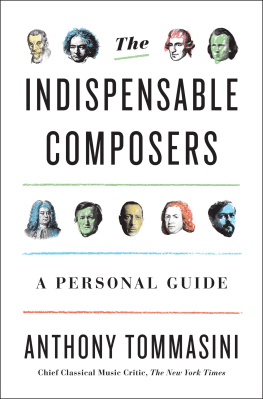
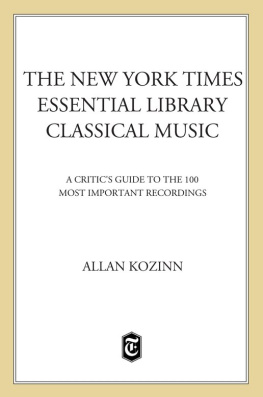
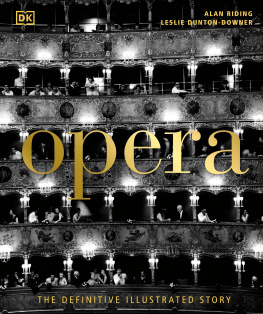


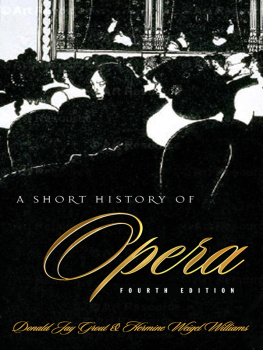
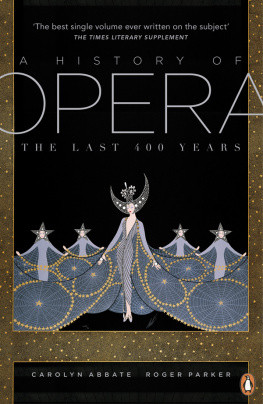

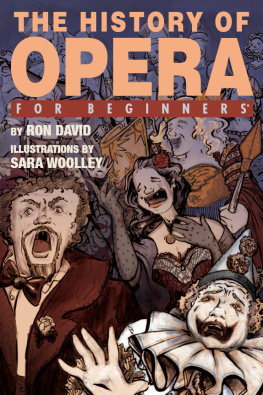


 eks Operas: A Documentary Account by John Tyrrell (Princeton, N.J.: Princeton University Press, 1992)another book that helpfully brings together letters, historical documents, and commentary.
eks Operas: A Documentary Account by John Tyrrell (Princeton, N.J.: Princeton University Press, 1992)another book that helpfully brings together letters, historical documents, and commentary. fa
fa